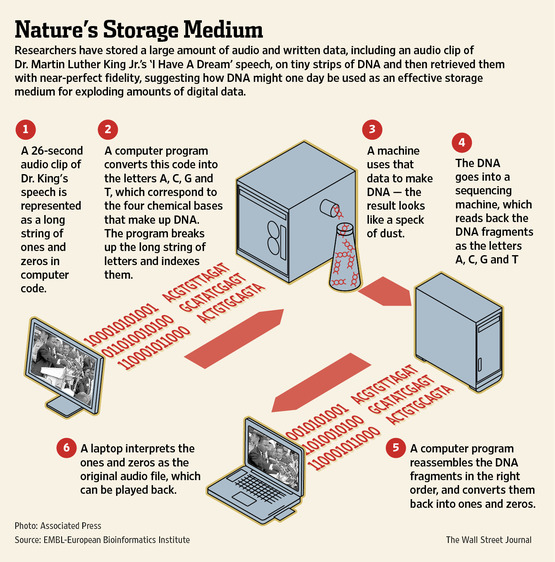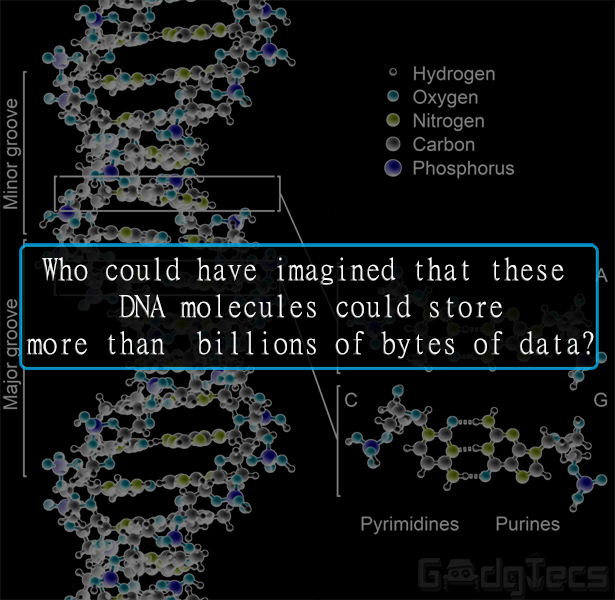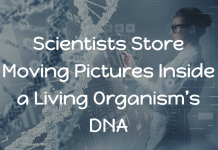Ever ran out of disk space? In the future, you might not have to worry about that, especially when it comes to long-term storage. Microsoft has bought ten million strands of Deoxyribonucleic acid (DNA) from biology startup Twist Bioscience to research the usage of genetic material to store data.
The data density of DNA is orders of magnitude higher than typical storage techniques, with 1 gram of DNA capable of storing nearly 1 zettabyte, or 1 billion terabytes of data. In terms of volume, Microsoft Research estimates that one cubic millimeter of DNA can store up to 1 exabyte, or 1 billion gigabytes of data. To put it in perspective, according to Twist Bioscience’s CEO Emily Leproust “Using DNA, you can fit all the knowledge in the world inside the trunk of a car.” DNA can also be remarkably robust; DNA fragments thousands of years old have been successfully sequenced. However, this does not mean your next laptop will be using DNA for storage. It will take time for the technology to become commercially viable.
These properties make it an exciting possibility for long-term information archives. Binary data has already been successfully stored as DNA base pairs, with estimates in 2013 suggesting that it might be economically viable for storage of over five hundred years.

The big issue with DNA storage is reading and writing data. The writing is done by Twist; the company can produce custom strings of DNA utilizing a machine it constructed. The firm’s principal clients are research labs that insert customized genetic materials into microbes to produce organisms that may carry out useful chemical processes, such as producing desirable nutrients. Utilizing DNA for data storage is a brand new field for the firm. A customized DNA sequence costs about 10 cents per base, with Twist hoping to get that price tag all the way down to 2 cents.
Reading the data uses genetic sequencing, the costs of which have dropped substantially during the last 20 years. The human genome project, which ran from 1990 to 2003, cost about $2.7 billion dollars. The same process can now be done for about a $1,000.
These costs, though dropping, imply that commercial viability of artificial DNA storage is still way off, however the technology itself works. Microsoft says that its preliminary trials with Twist have proven that the method allowed complete retrieval of the encoded data from the DNA without any errors. In short, it works. If the costs of this technology can be bought sufficiently down, it means that in the future long-term data archiving may use similar technology as life itself.












[…] Experimental DNA Data Storage: 1 billion terabytes in a gram […]